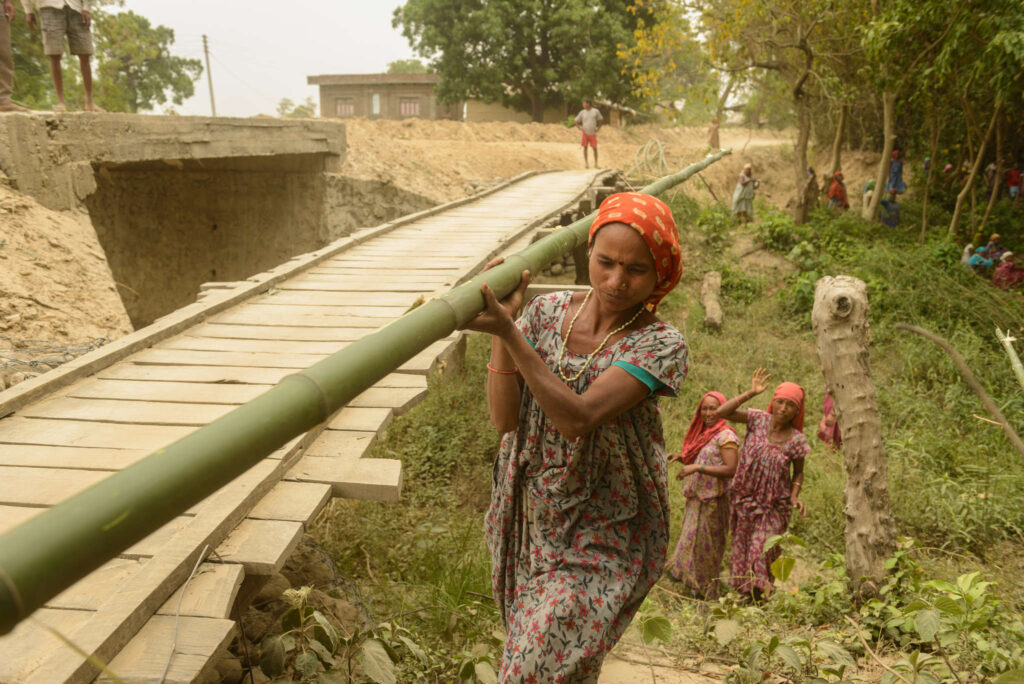Event Recording
Post-event Blog: Beyond the Buzzword
Event Programme
Background
Community Based adaptation (CBA) provides climate change adaptation planning and investments at the local level where the impacts are most felt. Unfortunately, many traditional CBA programmes fail to address systemic issues influencing climate vulnerability and do not appropriately incentivise stakeholders to continue adaptation efforts beyond programme funding cycles, which leads to a slow disintegration of systems and behaviours built through adaptation programs.
The session will highlight case studies of community based disaster risk reduction and climate change adaptation projects with concrete examples from implementing partners in the region and other actors, including donor agencies and local governments. It will also explore how different climate change adaptation implementation programs have contributed to transformational change in the countries of operations.
This session will also connect to the discussion held at the Community Based Adaptation Conference (CBA15), to ensure inclusion of key messages and continuity in narrative between events that address issues of CBA and improved access to climate finance at the local level.
Session Objectives
- Highlight the need of transformation at not only sectoral and national levels, but at local levels;
- Illustrate practical examples of how transformation has been applied for different actors in the Asia Pacific region;
- Provide concrete recommendations on how to build transformation into program design and implementation.
Panelists
- Kashmira Kakati, Environmental Specialist, USAID/Nepal
- Aditya Bahadur, Principal researcher, Human Settlements, IIED
- Afsari Begum, Project Manager, Practical Action Bangladesh
- Sushila Pandit, Programme Manager, Mercy Corps’ Managing Risk through Economic. Development (MRED) program
- Arghya Sinha Roy, Senior Climate Change Specialist, Asian Development Bank
- Xianfu Lu, Senior Strategy & Outreach Specialist for Pilot Program for Climate Resilience (PPCR), Climate Investment Funds
Moderated by: Jeremy Stone, Regional Resilience Director, Mercy Corps
Community-based Adaptation Framework
This framework was chosen as it aligns with the experience of both implementing organisations of what transformation looks like within programs including:
1. Systemic change: Climate adaptation focuses on specific actions that reduce vulnerability to climate change impacts. However, projects that do not address underlying socio-ecological-political and economic drivers of vulnerability may not be sustainable in nature. CBA should incorporate a systems lens and analysis to understand wider conditions and constraints that influence who is most vulnerable to climate change and why. This includes those dependent on natural resources often in remote and degraded environments, reliant on fragile governance systems. Further cultural and social structures can inhibit engagement of the most vulnerable and weak economic and livelihood opportunities are susceptible to disturbance by climate shocks and stresses.
2. Catalysing Broader change: CBA has been criticized for focusing too much on local solutions without addressing broader economic conditions or national policies and therefore needs to be linked to systemic constraints and barriers outside of the immediate community parameters. CBA must leverage partnerships, networks and influence outside of the immediate project that can contribute to longer term plans and actions.
3. Operating at Scale: Scale will only be achieved through strengthening and then capitalising on the local capacities of civil society, sub-national governments, and market actors to invest in CBA. Characteristics of scale include the expansion of CBA spatially in terms of number of communities implementing CBA, temporally shifting towards planning for both rapid onset and long term impacts of climate change, jurisdictionally across administrative boundaries and levels (local, sub national, national, regional), and through the extension of networks and multi stakeholder engagement in planning and management of climate change risks.
4. Inclusion and equity: CBA strategies must advance inclusion outcomes by mitigating gender inequalities and social dynamics that perpetuate and exacerbate conditions of vulnerability. Only then will the most vulnerable members of communities be truly engaged and benefiting from adaptation planning. Intersectionality must also be addressed where gender, ethnicity, age, education, socioeconomic status, and culture all interact and differently influence how groups, households and individuals will be vulnerable to climate related shocks and stresses.
5. Sustainability: All of the above factors can influence whether a project’s interventions and activities will continue following completion. Local ownership is critical for continued planning for climate risk and updating initial plans: All stakeholders including communities, civil society, private actors and governments need to see value in the approach and be willing to invest their time and resources beyond the life of any one initiative.
